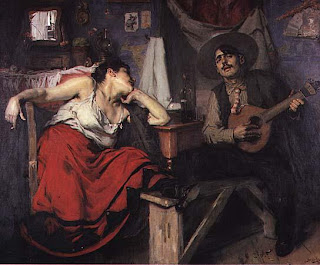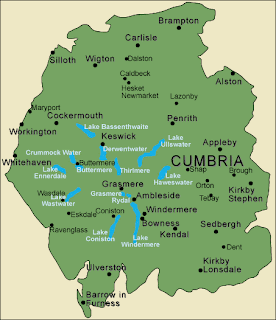New Year´s Eve is celebrated around the world in many different ways, but in Scotland they call it Hogmanay and the Scots are very proud of their traditional festivities.
 Edinburgh Hogmanay is a three-day festival consisting of live music, DJs, dance, art, bars, cinema, an open air ice rink, a big street party and the world famous Edinburgh Midnight fireworks.
Edinburgh Hogmanay is a three-day festival consisting of live music, DJs, dance, art, bars, cinema, an open air ice rink, a big street party and the world famous Edinburgh Midnight fireworks.Many of these events are free of charge, yet others require a ticket. Also, the festival begins with a large torch light procession.
One of the main traditions of Hogmanay is Firstfooting (that is, the "first foot" in the house after midnight). In order to ensure good luck, the first foot should be male and dark- haired – a custom which attempts to capture the time when blond strangers, reminiscent of the Vikings, meant danger. Moreover, the first foot should bring symbolic coal, shortbread, salt and whisky. Yet, whisky and shortbread are the items that currently remain prevalent.
Lastly, it is important to note that January 2nd is a holiday in Scotland so as to provide time to recover from a week of celebration.
After midnight people celebrating Hogmanay sing together the following tune, one of the most well-known songs in the world: Auld Lang Syne.
Lastly, it is important to note that January 2nd is a holiday in Scotland so as to provide time to recover from a week of celebration.
After midnight people celebrating Hogmanay sing together the following tune, one of the most well-known songs in the world: Auld Lang Syne.
Days Long Ago (Auld Lang Syne)
Should old acquaintances be forgotten
And never be remembered?
Should old acquaintances be forgotten
and days long ago.
And never be remembered?
Should old acquaintances be forgotten
and days long ago.
Chorus:
For days long ago, my dear,
For days long ago
We'll drink a cup of kindness yet
For days long ago!
For days long ago, my dear,
For days long ago
We'll drink a cup of kindness yet
For days long ago!
And surely you'll have your pint tankard
And surely I'll have mine.
And we'll drink a cup of kindness yet
For days long ago.
And surely I'll have mine.
And we'll drink a cup of kindness yet
For days long ago.
Chorus
We two have run about the hills
And pulled the daisies fine
But we've wandered many a weary mile
Since the days long ago.
And pulled the daisies fine
But we've wandered many a weary mile
Since the days long ago.
Chorus
We two have paddled in the stream
From morning sun till dinner-time
But the broad seas have roared between us
Since the days long ago.
From morning sun till dinner-time
But the broad seas have roared between us
Since the days long ago.
Chorus
And here's my hand, my trusty friend,
And give me your hand too,
And we will take an excellent good-will drink
For the days of long ago.
And give me your hand too,
And we will take an excellent good-will drink
For the days of long ago.
Lyrics by Robert Burns, (1759-1796) the national poet of Scotland.
Happy New Year!


































